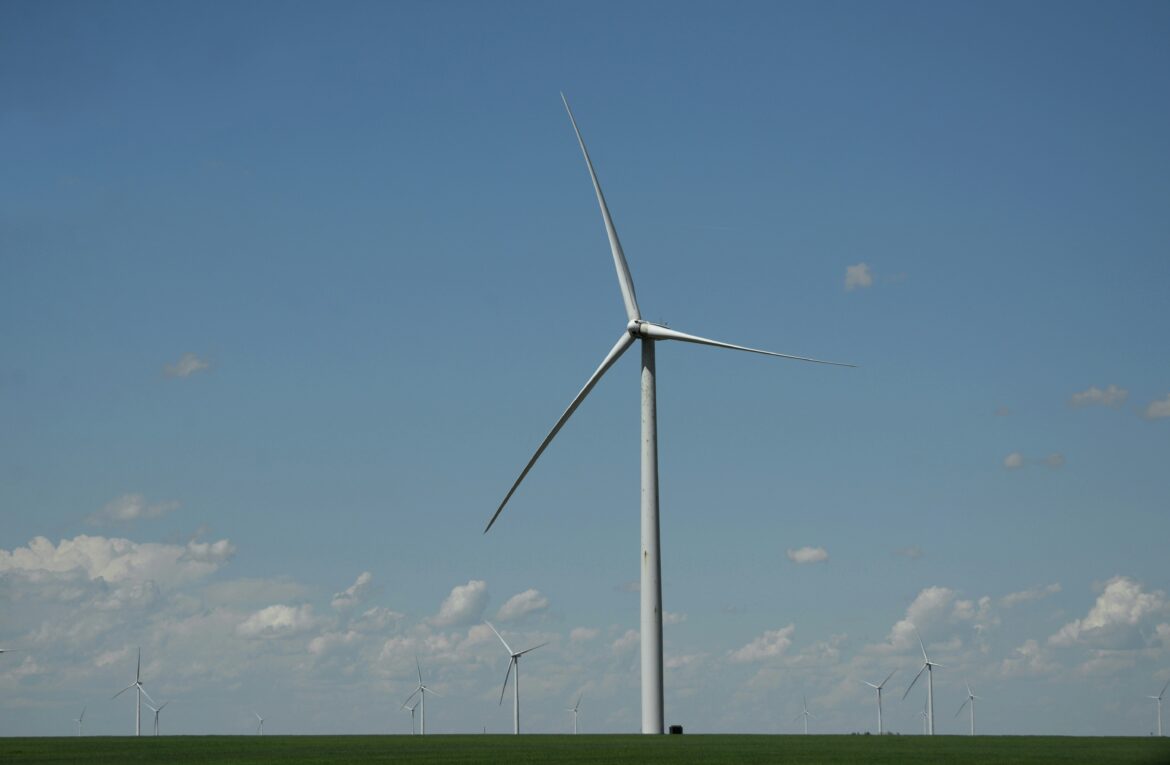A new report from Ember on global wind targets has found that the world is currently on course to fall short of tripling goals.
National wind targets set the world on course for 2,157 GW of wind capacity in 2030, more than a doubling (2.4x) compared to 2022. However, this still leaves a gap of 585 GW between current national targets and a global tripling of wind to 2,742 GW.
Forecasts from the IEA, BNEF, and GWEC all agree that global wind capacity in 2030 will reach around 2,100 GW, a value similar to the sum of national targets, the report says. However, this is primarily achievable due to the large wind additions forecast in China.
Indeed, although it only accounts for 37 per cent of global wind targets, China is forecast to install over 50 per cent of global wind additions between 2024 and 2030. Moreover, China is forecast to almost triple its wind capacity from 2022 to 2030.
Brazil and Türkiye’s recent wind and forecast additions are also greater than what is needed to meet the current 2030 wind targets.
However, of the 70 countries with wind targets (including more subjective “implicit” targets), almost two-thirds are projected to fall short of their national 2030 targets based on the IEA’s main forecast updated in January 2024.
These countries are also collectively aiming “well below” the tripling of wind capacity that is needed.
However, only 56 countries have explicit targets.
Meanwhile, many countries in the Middle East, Africa, and Central and South East Asia are yet to install wind capacity, and it is still not clear if they have wind targets, the report says.
In many countries with smaller baselines, such as Saudi Arabia and Indonesia, additions are only 5 to 10 per cent of what is needed to meet 2030 targets.
The US and India are the countries with the biggest gaps between forecast installations and what is needed to meet 2030 targets.
According to the report, it is clear from forecasts and targets that the existing set of policies fall short of a global tripling of wind.
The report notes that, outside of China, policy interventions are needed to get installations back on track to meet targets in many countries.
The need for permitting, policy and regulatory frameworks is even more important for wind than solar, it says.
Investments in grid and transmission infrastructure and actions to streamline permitting could signal confidence for increasing ambition on wind, the report adds.
For the full report, head here.



